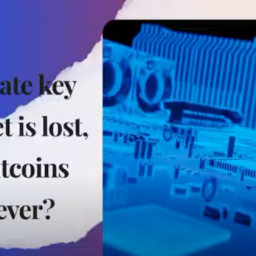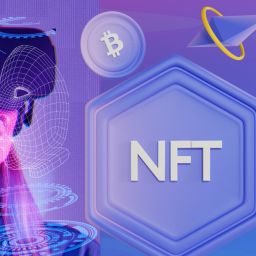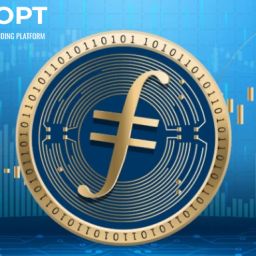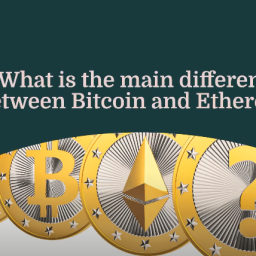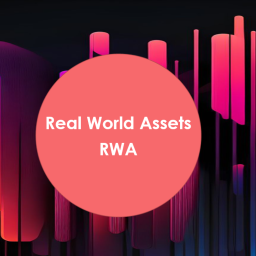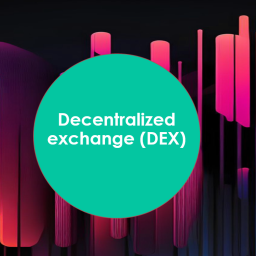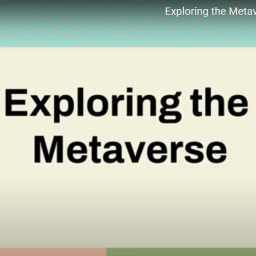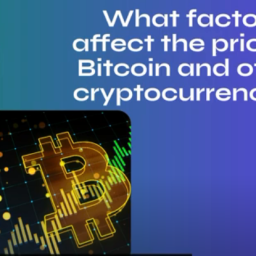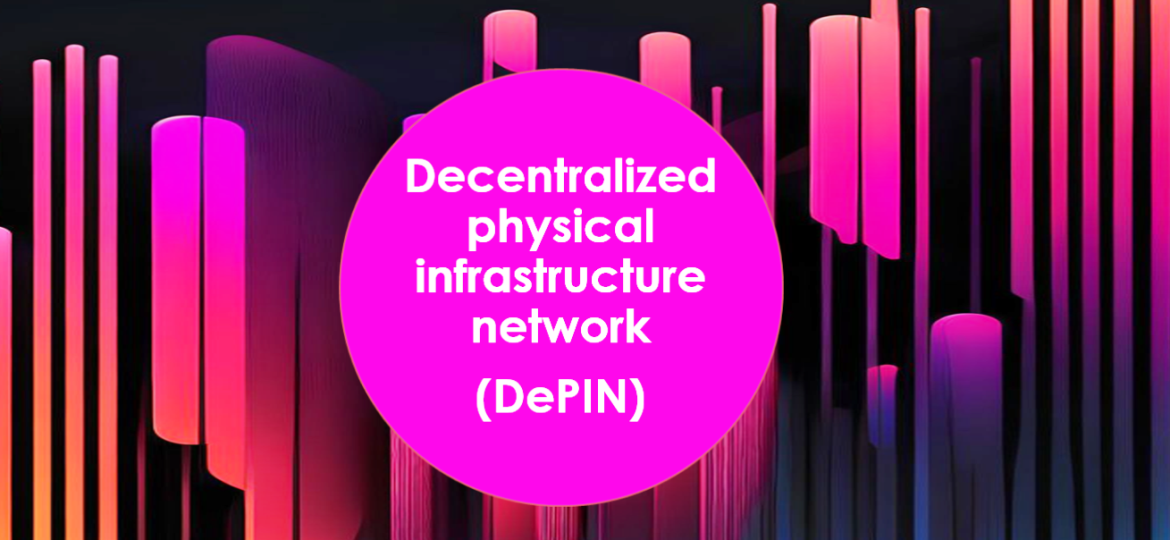
Decentralized physical infrastructure network (DePIN)
DePIN is a new technology in the field of blockchain developed to improve security and privacy in digital currency transactions. This technology increases the level of reliability and security of blockchain transactions by using advanced encryption algorithms and new security techniques. To learn about this technology and its working method, stay with us until the end of the article.
How DePIN works
DePIN uses a two-factor authentication method that includes what you have and what you know. This authentication method uses a combination of a PIN code (similar to an ATM code) and a physical factor (such as a two-factor authentication device or a smartphone) to authenticate users. These two identity factors provide a combination of what and who holds what, which improves the security of blockchain transactions.
Advantages and disadvantages of using DePIN
Using DePIN in blockchain, like any other technology, has its own advantages and disadvantages. Below are some of the advantages and disadvantages of this authentication method:
Advantages:
- Increasing security: Using the two-factor authentication method through DePIN, increases the security level of blockchain transactions and prevents security threats such as fraud attacks and unauthorized access.
- Privacy: This technology allows users to maintain their privacy because the authentication information is only used for a short time to complete the transaction and then it is lost.
- Ease of use: Compared to more complex authentication methods, DePIN uses a simple and fast authentication method that is easy for users to use.
Disadvantages:
- Device Dependency: The use of two-factor authentication (2FA) devices for authentication may depend on access to a particular device, which may impose limitations on users.
- The risk of losing the PIN code: If an unauthorized person gets access to the PIN code, this can lead to access to blockchain transactions and security risks.
- The possibility of the device being insecure: If the two-factor authentication device used is vulnerable in terms of security, this can lead to unauthorized access to users’ information and their transactions.
- Time required for authentication: Compared to simpler authentication methods, DePIN may require more time for authentication, which may be annoying to users.
How does DePIN change Web 3 applications?
Deepin Web 3 is emerging as a solution to address critical challenges in the Web 3 ecosystem, especially those related to centralized infrastructure. This decentralized model can reduce the pressure on any point of failure and create a stronger and more consistent infrastructure for decentralized applications (dApps).
DePINs play an essential role in facilitating the creation of applications that require physical infrastructure support. These applications often require significant computing power, storage, and bandwidth. Here, DePINs provide a decentralized network of resources so that developers can easily access the resources they need. In addition, global access to Web 3 can be enhanced with the help of DePIN. In areas with limited access to traditional centralized infrastructure, these decentralized systems enable widespread adoption of innovative technologies. Therefore, users around the world can benefit from decentralized technologies.
Introducing the best Deepin projects in the digital currency market
Filecoin, decentralized data storage
Filecoin is a peer-to-peer network that provides decentralized data storage services to its users. Anyone with the necessary hardware infrastructure can become a storage provider by staking FIL tokens. On the other hand, Filecoin also has other contributors called recovery providers that focus on giving users quick access to their data. The FIL token is Filecoin’s native cryptocurrency that acts as a payment token for users and is used to incentivize storage providers and ensure honest behavior by service providers. Simply put, the Filecoin protocol sets the rules that allow users to interact with storage providers in a secure and decentralized manner without having to trust third parties.
Rendering (RNDR), decentralized computing
Render is a peer-to-peer GPU (graphics processing unit) network that provides near-real-time computing power for 3D rendering tasks, artificial intelligence (AI) training, machine learning (ML), complex computing, and more. Service providers with idle computing power can lend their used GPUs to network users in exchange for RNDR tokens to process rendering requests. GPU vendors need to build a good reputation over time for getting more workloads and making more money by getting things done on time and accurately. Render users also have reputation points that help the network avoid failed renders or malicious activity. RNDR is the native digital currency of the Render network. The token was originally created on the Ethereum blockchain, but in November 2023, rendering was moved to the Solana blockchain.
Theta network (THETA), decentralized content delivery network
Theta Network is a peer-to-peer blockchain protocol that provides decentralized data storage, content delivery, and computing services. Theta network is operated by service providers who share storage and bandwidth with end users. Theta Network has a dual token system. Theta token (THETA) acts as a government token and is used for stocks. Theta Fuel (TFUEL) is an operational token used to pay service providers.
What are the ways to earn money with depin?
To earn money with Depin, you can use many possibilities in this field. There are many ways to make money in the Depin area. In this section, you can start your activity as a Pinner. By doing this, you offer your storage space to users who want to store their data on IPFS (The InterPlanetary File System). To do this, you need to be validated in IPFS and run the appropriate software.
Then accept and execute Depin requests using smart contracts. For each request you make, you will be charged a fee based on the amount of storage space and the duration of your deposit. This fee is paid using digital currencies such as Ethereum. As a user you can also earn money in this field. You can upload your data to IPFS and get a hash function or a unique token for it.
You can then send depin requests to Pinners that provide storage using smart contracts. You have to pay a fee for each request, which depends on the amount of storage space and the duration of Depin. You can make money by placing a specific address for your information and data on secondary markets and selling or transferring it. This also allows you to ensure the stability and availability of your data in IPFS.


